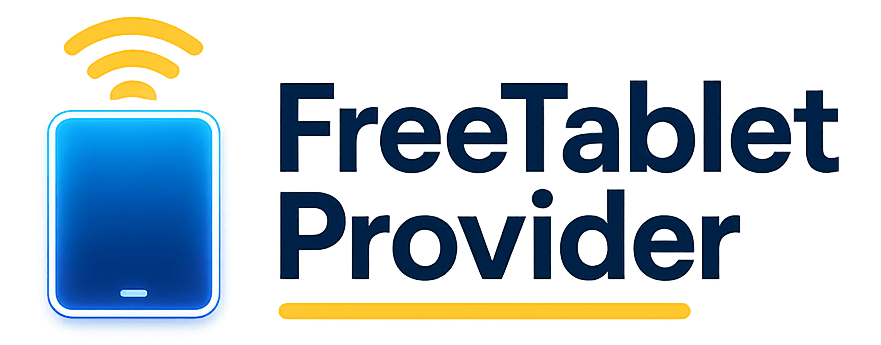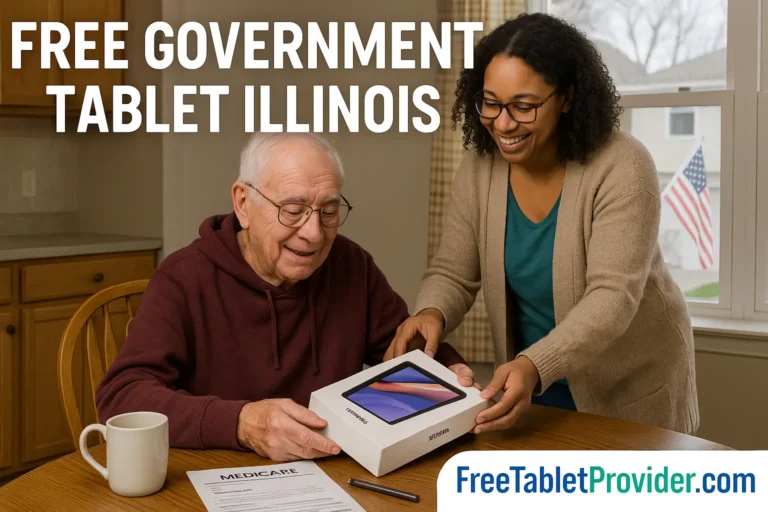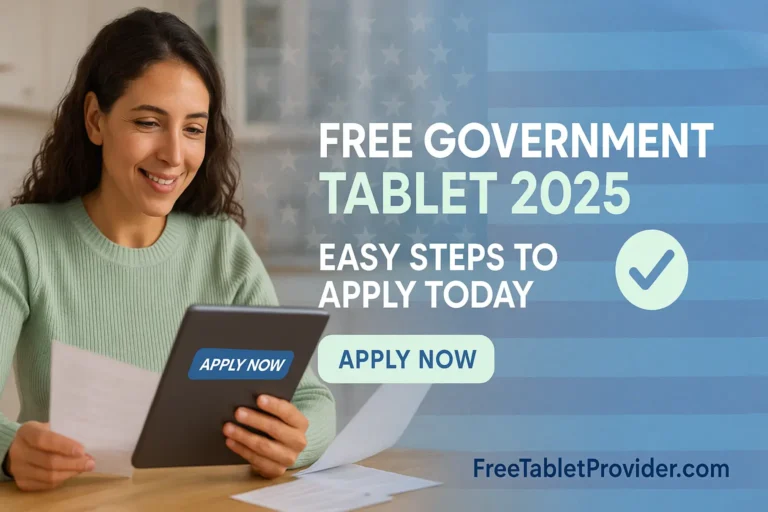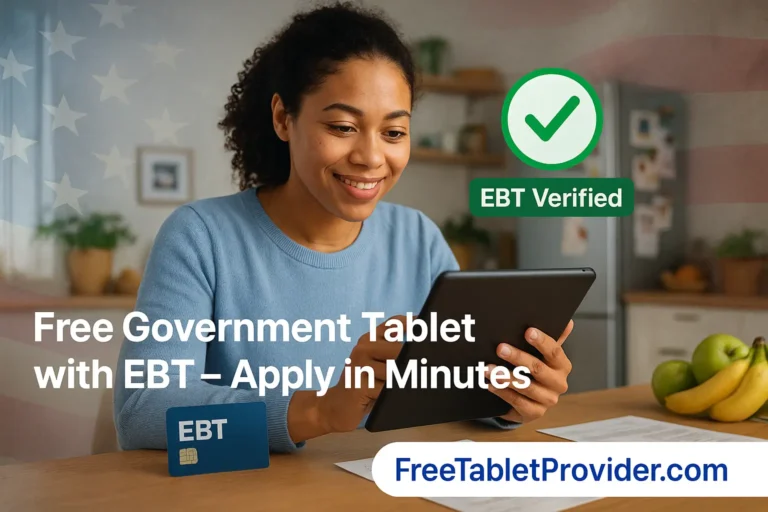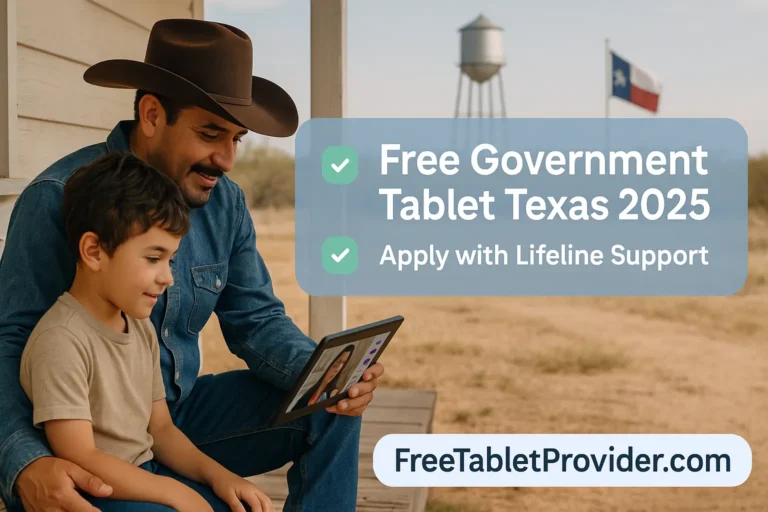7 Reasons Your Free Government Tablet Was Denied (Fixes)
Have you applied for a free tablet and received a denial message days later? You are not alone. According to the Universal Service Administrative Company (USAC), 1 in 3 applicants are denied due to avoidable mistakes like document mismatches or household duplication.
This guide breaks down the 7 most common reasons for denial and provides actionable fixes, with verified insight from program rules.
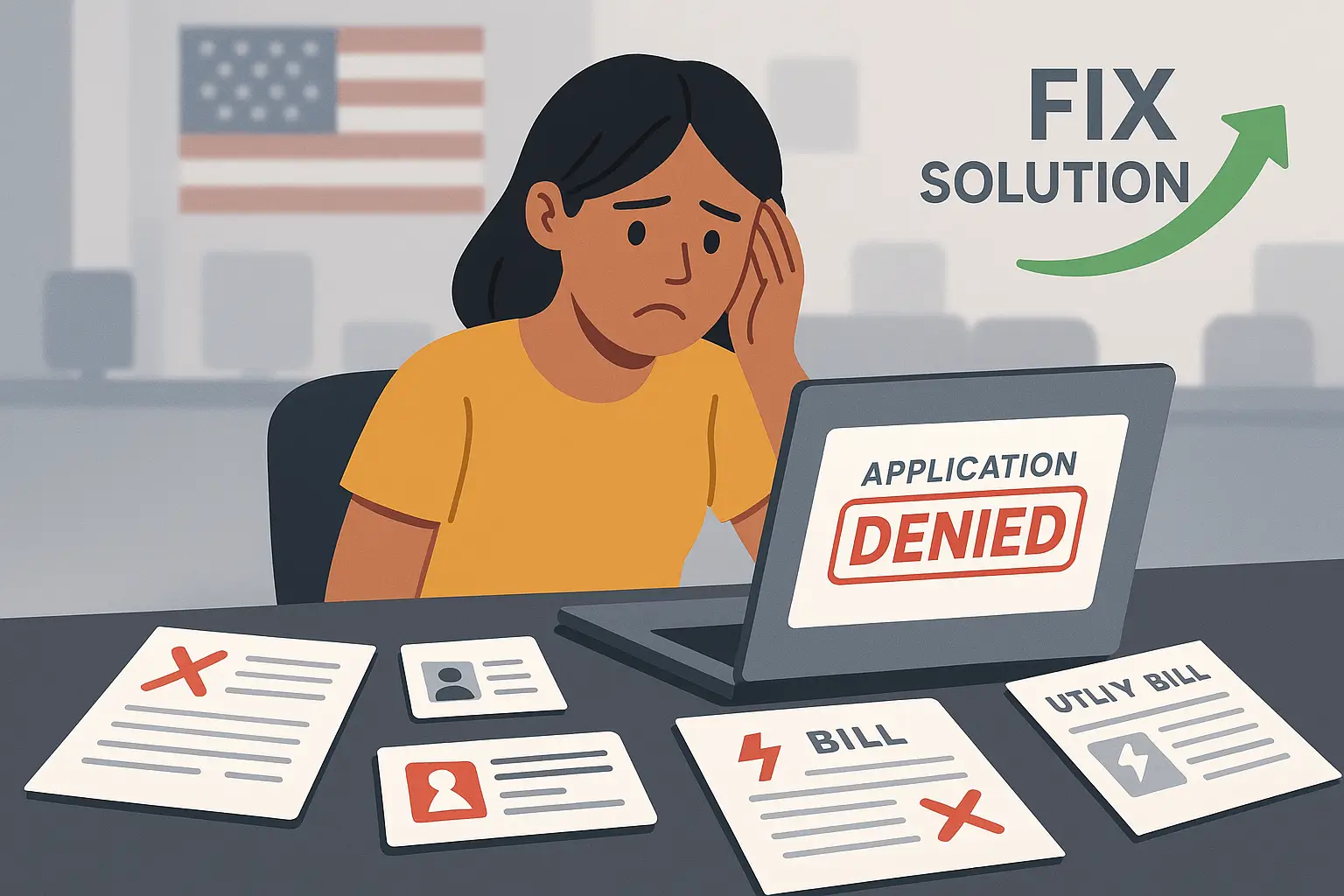
Mistakes to Avoid
Here are the 7 mistakes commonly made during the free government tablet application.
Mistake 1: Incomplete or Incorrect Documentation
Problem:
Submitting expired, blurry, or mismatched documents is the top denial reason.
Examples of rejected documents include:
- Expired SNAP or Medicaid letters
- Utility bills with old or mismatched addresses
- Illegible photo IDs or Social Security cards
Fix:
Submit only government-issued documents dated within the last 6 months, such as:
- Current SNAP/EBT approval letters
- Medicaid cards showing active status
- Recent utility bills as address proof
Example:
Maria from Texas uploaded a 2023 Medicaid letter. The system flagged it as expired and auto-rejected her application.
Pro Tip: Check the official checklist: Lifeline Required Documents
Mistake 2: Applying Through an Unverified or Scam Provider
Problem:
Scam sites offering “free iPads” or “instant tablet approval” can steal personal data or never process your application.
Fix:
Always use FCC-approved providers listed on LifelineSupport.org Provider Directory.
Example:
A family in Arizona applied via a fake site with no HTTPS or contact info. Their identities were compromised, and no tablet arrived.
Mistake 3: Submitting Multiple Applications Per Household
Problem:
The FCC’s “One Per Household” Rule caused 22% of Lifeline denials in 2024, and this trend is increasing in 2025.
Source
Fix:
Only one tablet or phone is allowed per economic unit. If others in your home also apply, submit a Household Worksheet to explain financial separation.
Example:
Two sisters in Ohio submitted applications using the same address. One was denied for failing to clarify separate incomes.
Mistake 4: Using an Inactive Email or Phone Number
Problem:
If you miss the provider’s approval request, clarification email, or resubmission notice, your application may expire.
Fix:
- Use an email and number you check daily
- Respond to messages within 7 days
- Add your provider’s email to your contact list
Example:
Kevin missed a follow-up sent to an old Yahoo account. His application expired without a response.
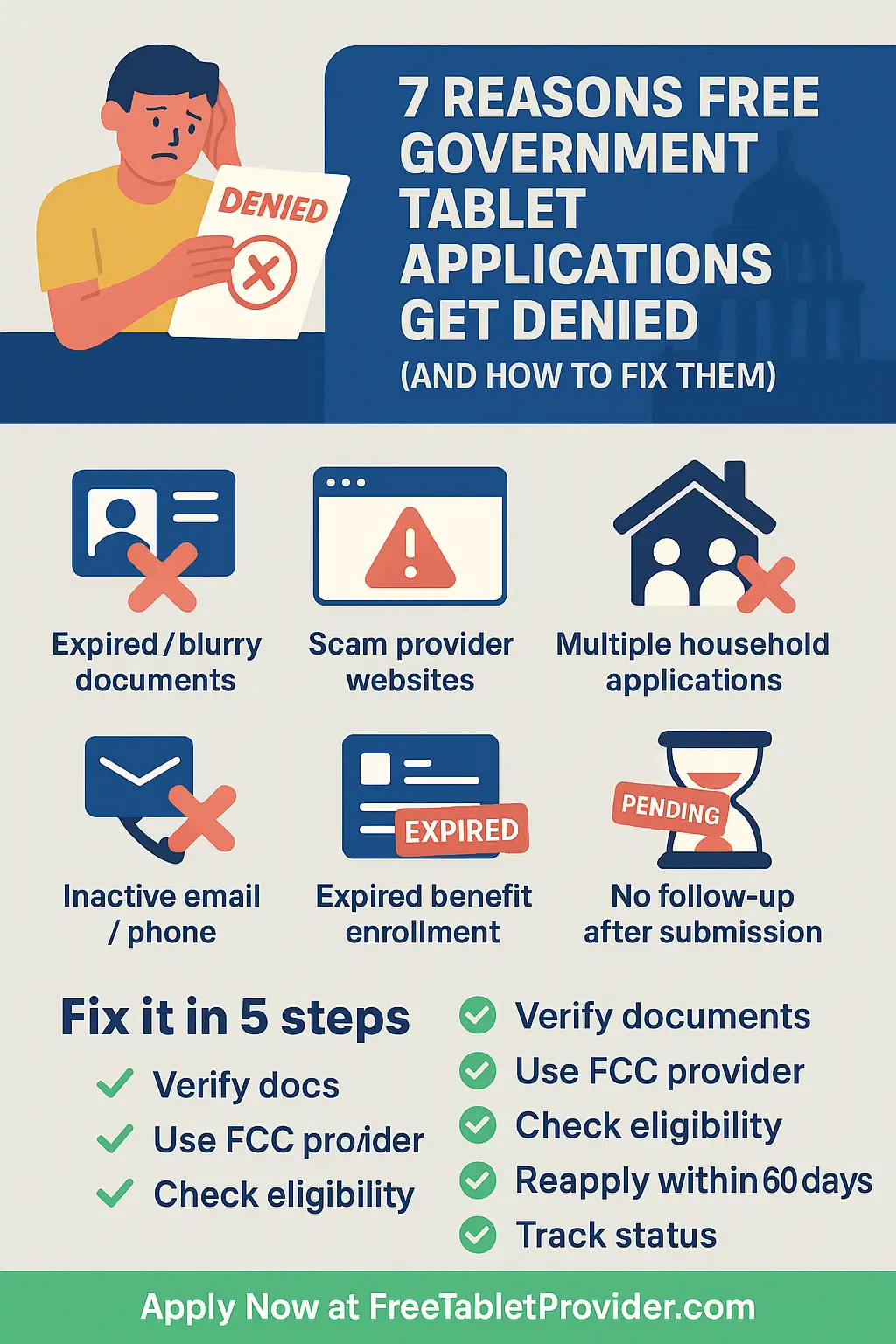
Mistake 5: Outdated or Expired Benefit Enrollment
Problem:
Many applicants assume past enrollment in SNAP, SSI, or Medicaid still qualifies them. It doesn’t.
Fix:
Verify your current eligibility status using the National Verifier Tool:
LifelineSupport.org/Check-Eligibility
Example:
James from Ohio applied using a SNAP letter that had expired 3 months earlier. His application was denied for inactive benefits.
Mistake 6: Incomplete Online Application Submission
Problem:
Failure to upload required documents or missing the final submission button can result in rejection.
Fix:
- Upload clear, full-page scans
- Ensure all required fields are filled
- Save your confirmation number
- Avoid browser timeouts or mobile disconnections
State Tip (California):
If you’re applying through Medi-Cal, you must also submit the CPUC Supplemental Form for verification.
Mistake 7: Not Following Up After Submission
Problem:
Many applications go into “pending” status if documents need review. If you don’t respond, the system auto-denies your case.
Fix:
- Check your status using LifelineSupport.org/Check-Status.
- Contact your provider within 48–72 hours if there’s no update
- Keep your Application ID for reference
Reapplication Checklist: Fix It in 5 Steps
If you have been denied:
- Get your denial reason via:
National Verifier Status Checker - Download the latest FCC document checklist
- Contact your provider’s support team
- Reapply within 60 days, per FCC guidelines
- Track your progress using your Application ID
FAQs
Can I reapply if denied?
Yes. Fix the issues, upload missing documents, and reapply within 60 days, per FCC guidelines.
Can I apply if someone else in my household already has Lifeline?
Only if you are a separate economic unit will you need to submit a Household Worksheet.
Are the tablets brand new?
Most are refurbished, tested, and include limited warranties and tech support.
How do I verify if a provider is legit?
Search for the provider on the FCC or USAC directory.
Do I need internet access to apply?
No. You can apply by mail, or get help at a public library or local support center.
Conclusion!
A denied application does not mean you are not eligible. It’s often a temporary setback caused by simple mistakes. The good news? Every issue discussed above is entirely fixable.
By correcting document errors, choosing FCC-approved providers, and using the National Verifier tools, you can secure your free government tablet and unlock access to education, healthcare, and communication.
Apply now for a free Lifeline tablet with FreetabletProvider.com.
